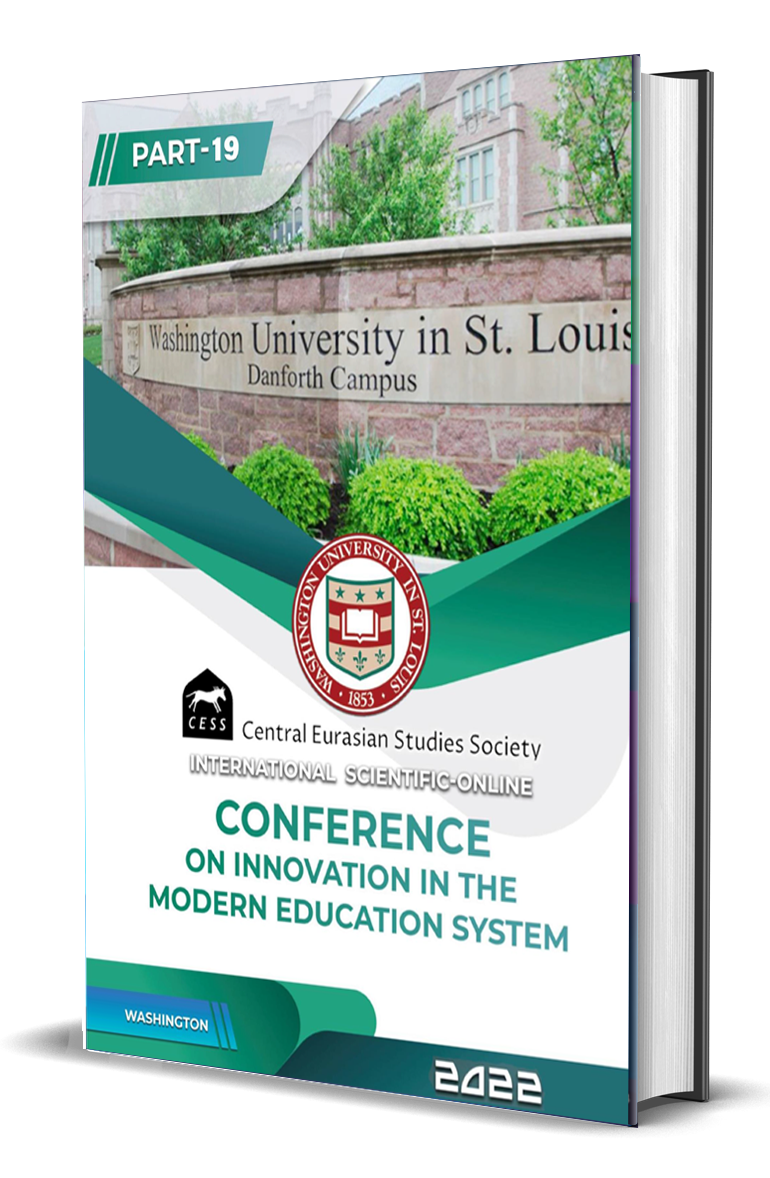AN APPROACH TO LANGUAGE POLICY THROUGH LEXICOGRAPHY
Ключевые слова:
complementary proscription, description, direct prescription, direct proscription, domain-specific language policy, indirect prescription, indirect proscription, language policy, levels of language policy.Аннотация
At many levels, language policies are prevalent, and when they are formulated, the data is usually presented in a prescriptive manner. Lexicographers are required to incorporate the decisions made by language policy makers into their dictionaries. By include just the approved forms, dictionaries can thus strictly follow a prescriptive approach. Additionally, dictionaries can provide a descriptive account of language use without offering advice or claiming to be accurate. Thirdly, by endorsing particular forms—even if they deviate from the suggested forms—dictionaries can be proscriptive. An overview of the many language policy levels as well as the concepts of prescription, description, and proscription are provided in this article. To demonstrate some of the lexicographic applications of prescription, examples are provided.
It is underlined that dictionary users need to have access to pertinent info. As a result, proscription applied to lexicography is explored as a potential substitute for prescription. It is proposed that proscription, in its various conceivable uses, can result in a lexicographic presentation that is advantageous to the user and helps to fulfill the purposes of a particular dictionary.
Библиографические ссылки
Bergenholtz, H. 2003. User-oriented Understanding of Descriptive, Proscriptive and Prescriptive Lexicography. Lexikos 13: 65-80.
Bergenholtz, H. and R.H. Gouws. 2006. How to Do Policy with Dictionaries. Lexikos 13: 13-45.
Hermes, Journal of Linguistics 13: 291-304.
Gottlieb, H. and J.E. Mogensen (Eds.). 2007. Dictionary Visions, Research and Practice: 217-240. Amsterdam: John Benjamins.
Gouws, R.H. 1995. Dictionaries and the Dynamics of Language Change. Kachru, B. (Ed.). 1995. Culture, Ideologies and the Dictionary: 297-313.
Gouws, R.H. 1999. Situating a Dictionary of English on Historical Principles within a More Comprehensive Lexicographic Process. Lexikos 9: 269-282.
Gouws, R.H. and F.A. Ponelis. 1992. The Development and the Lexicographic Tradition. Zgusta, L. (Ed.). 1992. History, Languages and Lexicographers: 77-104.
Johnson, S. 1747. The Plan of a Dictionary of the English Language. Facsimile Edition 1970. Menston: The Scholar Press. Mojela, V.M. 2007. Standardization or Stigmatization? Challenges Confronting Lexicography and Terminography in Sesotho sa Leboa. Lexikos 18: 119-130.
D.J. Prinsloo. 2002. Loan Words versus Indigenous Words in Northern Sotho: A Lexicographic Perspective. Lexikos 12: 1-20.
Tarp, S. 2008. Lexicography in the Borderland between Knowledge and Non-K





